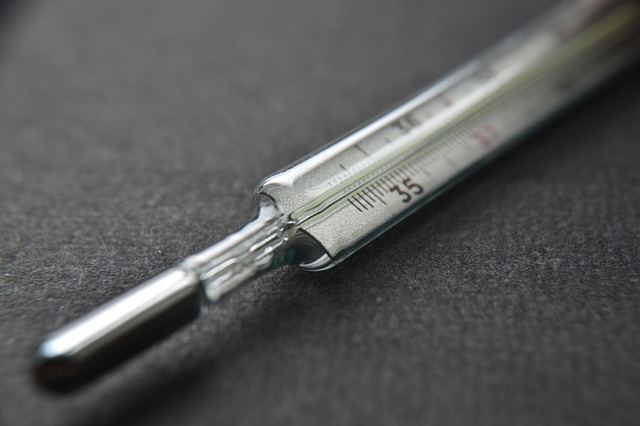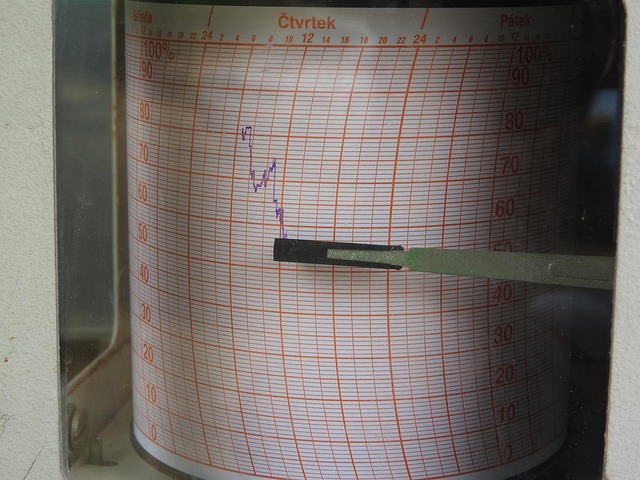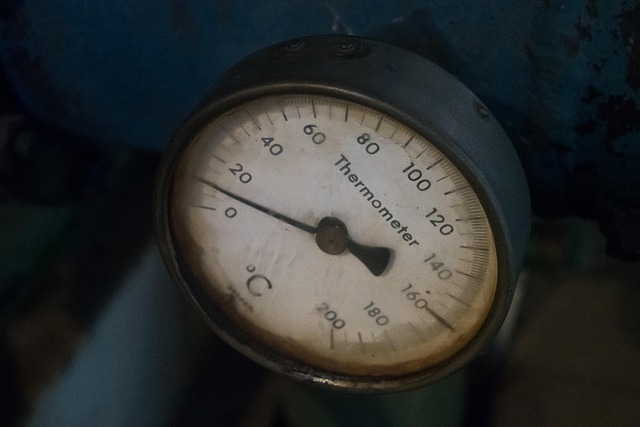Fermentation, a metabolic process converting sugars into acids/alcohol, is crucial for food preservation and flavor enhancement. Ideal fermentation temperature ranges vary by food type: 40°F-78°F (4.4°C-25.5°C). Microbial activity thrives between 70-85°F (21-29°C), with specific strains having unique preferences. Consistent temperature maintenance is key, as even minor fluctuations affect fermentation speed and outcome. Extreme environmental conditions impact fermentation outcomes, emphasizing the need for controlled temperature in diverse scenarios. For food safety, optimal ranges are typically 65°F-72°F (18°C-22°C), suppressing spoilage through beneficial bacteria activity and regulating pressure/volume changes.
Discover the perfect balance for your next fermentation project! In this comprehensive guide, we explore the ideal temperature for fermenting food, a crucial factor in achieving delicious and safe results. From understanding the science behind fermentation to identifying key variables affecting temperature needs, you’ll learn best practices for precise control. Optimize your process and unlock the full potential of fermented delights with these valuable insights tailored for optimal temperature management.
- Understanding Fermentation and Its Ideal Conditions
- Factors Influencing Temperature Requirements
- Best Practices for Controlling Fermentation Temperature
Understanding Fermentation and Its Ideal Conditions

Understanding Fermentation and Its Ideal Conditions
Fermentation is a metabolic process that converts sugars into acids, gases, or alcohol, and it’s crucial for the preservation and enhancement of food. This natural process not only adds flavor but also extends the shelf life of various edibles, from pickles to cheese to sauerkraut. The ideal temperature for fermentation plays a pivotal role in determining its efficiency and the final quality of the fermented product.
In general, most fermented foods thrive at temperatures between 68°F (20°C) and 78°F (25.5°C). This range facilitates the activity of beneficial bacteria, which are essential for breaking down carbohydrates and creating desirable byproducts. However, it’s important to note that specific food types may have slightly different optimal temperatures. For instance, yogurt benefits from lower temperatures around 40°F (4.4°C), while sourdough bread rises best at slightly warmer conditions close to 78°F (25.5°C). Geoscience research and temperature-dependent reactions in a science lab equipment highlight the intricate relationships between temperature and chemical processes, mirroring what occurs during fermentation. Even though space temperature extremes in astronomy concepts may seem vastly different from kitchen counters, understanding these dynamics helps in achieving optimal fermentation conditions right in our homes, as visiting us at energy conservation human body temperature anytime can attest.
Factors Influencing Temperature Requirements

The ideal temperature for fermenting food varies depending on the type of fermentation and the specific food being fermented. Generally, most beneficial microorganisms thrive in warm environments, typically between 70-85°F (21-29°C). However, different strains have unique temperature preferences, so it’s crucial to identify the optimal range for your specific fermentation process.
Several factors influence these temperature requirements. Environmental conditions play a significant role; natural variations in temperature can affect fermentation speed and outcome. In fact, even minor fluctuations can alter microbial activity, leading to off-flavors or reduced yields. Thus, maintaining consistent temperatures is essential for successful fermentations. Engineering applications, like using blackbody radiation models for controlled environments, can help optimize these conditions. Additionally, monitoring temperature in various settings, from food storage to heat engine operation, has broader implications, including the impact of sea level rise on coastal ecosystems. Interestingly, even extreme conditions, such as those found at polar ice cap decline, highlight the importance of understanding and controlling temperature for specific fermentations, ensuring desirable outcomes in a wide range of scenarios.
Best Practices for Controlling Fermentation Temperature

Controlling fermentation temperature is paramount for successful and safe food preservation. Ideal temperatures vary depending on the type of food being fermented, with most beneficial ranges sitting between 65°F and 72°F (18°C to 22°C). Within this sweet spot, beneficial bacteria thrive, converting sugars into acids or alcohol, which inhibit spoilage-causing pathogens.
Beyond temperature, understanding the gas laws relationship and molecular motion within the fermenting mass is crucial. As fermentation progresses, gases like carbon dioxide are produced, leading to changes in pressure and volume. Maintaining consistent temperature helps regulate these processes, preventing sudden bursts of gas that could cause container damage or off flavors. To ensure optimal conditions, monitor temperature regularly using reliable thermometers and give us a call at atmospheric science greenhouse effect mechanism for expert guidance on creating the perfect fermentation environment.
In summary, maintaining the ideal temperature is paramount for successful food fermentation. Understanding the interplay between temperature and microorganisms ensures optimal results. By controlling factors like ambient heat, container placement, and using insulated vessels, you can effectively manage fermentation at the perfect temperature. This article has explored these nuances, providing valuable insights for both novice and experienced fermenters. Remember that mastery of this process lies in consistent monitoring and adjustment, ensuring delicious, safely fermented foods each time.
